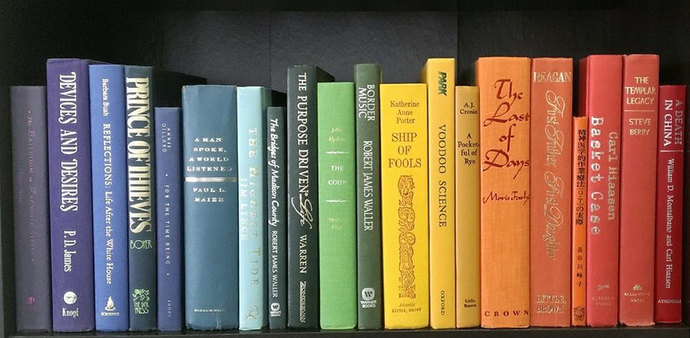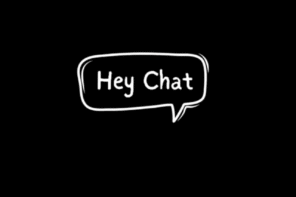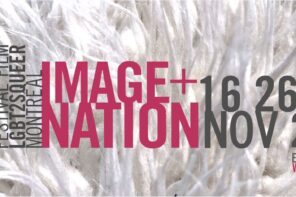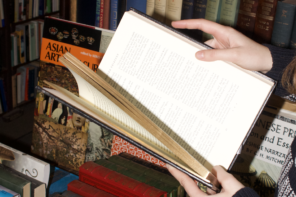Readings, by and large, are a chore. As an Arts student, I sometimes feel we are just drifting from exam to exam, essay to essay, without any real care for what we are learning besides what will earn us the highest possible grade. However, every now and then, a lesson comes along that feels pressing and immediate. For me, this feeling occurred when, in my American Literature class, we studied James Baldwin’s Giovanni’s Room.
Giovanni’s Room follows David, an American expatriate, as he delves into the homosexual subculture of 1950s Paris. His girlfriend and “mooring post,” Hela, is sightseeing Spain while he explores bars and cobblestone quays with a group of gay men. One night, he meets an Italian bartender named Giovanni and the two begin a passionate, albeit toxic, affair. David desires Giovanni, but is torn between him and the idea of a “normal” life with Hela, all while feeling an intense shame for loving another man. He wrestles with this inner turmoil while awaiting Giovanni’s execution. That isn’t a spoiler, by the way. Baldwin bookends the story on the evening before Giovanni’s death,implying that the tragic ending was inevitable.
During our first lecture on the novel, we discussed the title. David puts on the front of a heterosexual man to the outside world, only letting down his defences when he enters his lover’s room. As I walked up Rue University after class, I considered if ever had my own “Giovanni’s room”: a physical space where I could safely come to know my own sexuality. For me, it was not a dingy Parisian apartment. Rather, as a kid, I found solace combing colourful bookshelves in midtown Toronto.
I considered if ever had my own ‘Giovanni’s room’: a physical space where I could safely come to know my own sexuality.
My early teens were spent wandering the young adult (YA) sections of my city’s bookstores and libraries. Like many of my peers, I consumed brightly-covered novels like The Fault in Our Stars or Eleanor & Park in binges during lunch or after-school. These books did not reflect the brooding tone of Giovanni’s Room; they were funny and sentimental. The characters were sixteen years old, sarcastic, and had impeccable taste in music, things that any bookish kid could relate to.
I especially sought out YA novels with rainbow stickers on the spine. In my library, this symbol denoted that a novel dealt with lesbian, gay, bisexual or transgender (LGBT+) themes. These books affirmed the feelings I was slowly unravelling about my own sexual orientation. They offered me glimpses into lives of other LGBT+ teens like me, who were also navigating high school and crushes and self-exploration. Unlike Giovanni’s Room, these books treated LGBT+ relationships as ordinary and healthy, and the love stories, while fictional, almost always had happy endings.
I adored these novels. I read David Levithan’s Every Day and plunged into the mind of a character who changes bodies daily, relishing a romance in which gender was irrelevant. I read Becky Albertalli’s Simon Vs. The Homo-Sapiens Agenda (the book that the film Love, Simon is based on), which provided a coming-out story that felt contemporary and sincere. These novels were like cotton candy; they may have lacked the substance of more serious literature, but they were sweet, and they filled me with almost boundless joy.
Unlike Giovanni’s Room, these books treated LGBT+ relationships as ordinary and healthy, and the love stories, while fictional, almost always had happy endings.
More importantly, these novels offered a depiction of LGBT+ life that I felt was missing in other mediums. In TV shows and movies, gay characters were often sidelined to the role of the sassy friend who offered makeovers and advice. Lesbian or bisexual people were either crazy or lying. Transgender people, who today experience a suicide rate nearly ten times higher than the general population, were always the butt of some cruel joke.
What’s more, on the rare occasion when a same-sex relationship appeared, it almost always ended in disaster. Either a character would die of disease, or they would die in a homophobic attack, or they would end their same-sex fling and settle down with an opposite-gendered partner. While these films were often based on some real lives’ tragic endings, these were some of the only LGBT+ lives available to me. In YA books, same-sex couples had the same chances of achieving a happy ending as any straight one. In every other medium, all I ever saw was the despair of Giovanni’s Room.
Of course, one must also consider that Baldwin wrote Giovanni’s Room in the 1950s, before the Stonewall Riots brought gay rights into the mainstream, and well before marriage equality became a reality. Publishers were already hesitant to publish the novel because of its explicit gay themes; Baldwin was even told to burn the manuscript! After receiving so much backlash for writing about a same-sex affair, imagine the controversy that would have emerged if he had done anything but punish his main characters.
Still, I can’t help but empathize with the kid in the bookstore today, selecting Giovanni’s Room because they see a rainbow sticker on the novel’s spine. I can imagine their disappointment when, upon leafing through the first few pages, they read about David’s guilt as he awaits his lover’s execution.
The questioning kid reads novels with LGBT+ themes because they want to see the possibility of a fulfilling life on the other side of the closet, not to feel more isolated or ashamed.
There are enough cautionary tales about LGBT+ characters. While classrooms should continue to study Giovanni’s Room—the novel is haunting and Paris comes alive in its pages—publishers and educators should also promote new pieces. Let there be more cotton candy: upbeat stories with nuanced LGBT+ characters whose relationships survive the course of the plot. The questioning kid reads novels with LGBT+ themes because they want to see the possibility of a fulfilling life on the other side of the closet, not to feel more isolated or ashamed.
When fighting with Giovanni, David exclaims: “But I’m a man…A man! What do you think can happen between us?” In 1956, David’s despair was appropriate of a restrictive and intolerant society. In 2018, it reads as an antiquated tragedy. A lot has changed since 1956; for LGBT+ characters, it’s time to acknowledge these changes and let some more happy endings begin. Like my library books, they are long overdue.









A terrific piece by a terrific writer!! Way to go!